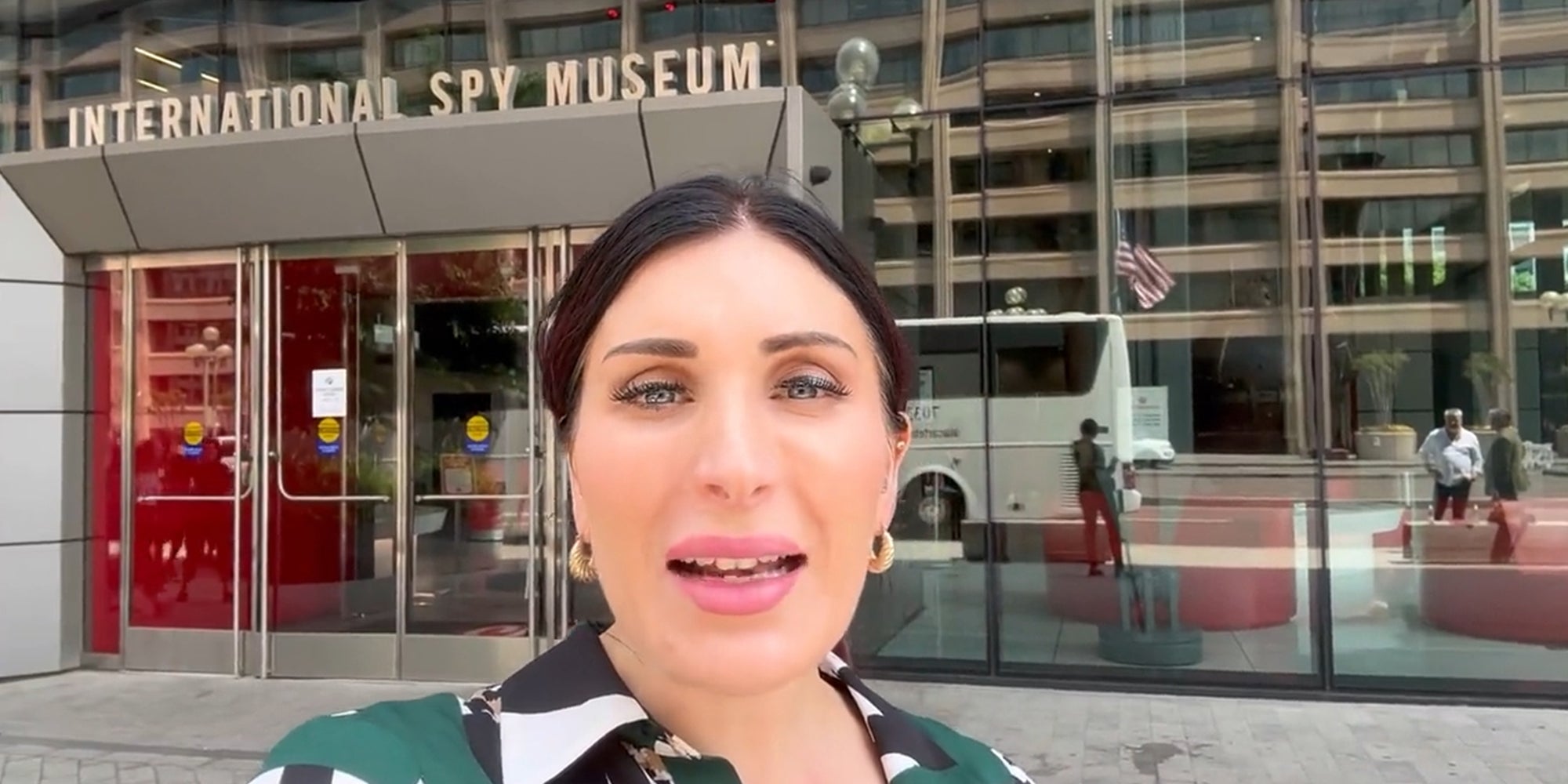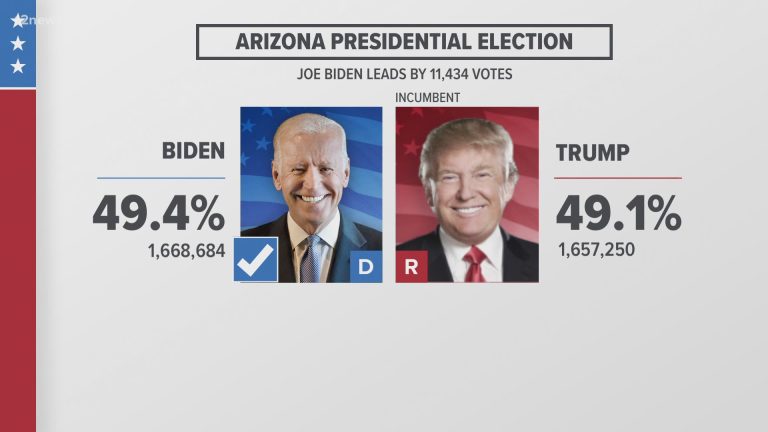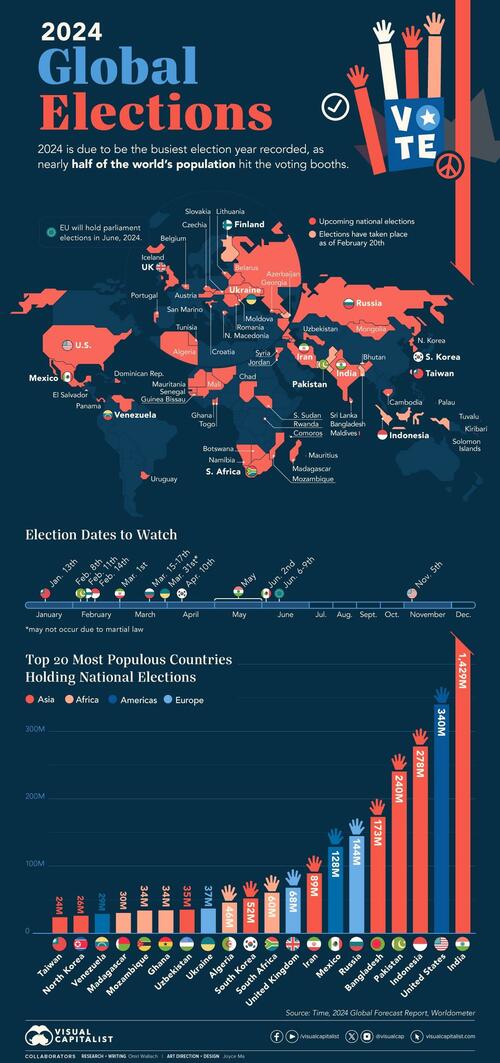

The Deep State’s Plot: Exposing the 2024 Election Steal? A Fictional Exploration
The year is 2025. Whispers of a stolen election – a meticulously orchestrated heist of the democratic process – are echoing across the nation. The 2024 Presidential election, once a beacon of hope, now casts a long, dark shadow of suspicion and mistrust. While no definitive proof has emerged, the circumstantial evidence, painstakingly collected and meticulously analyzed, paints a chilling picture. This is not a call to arms, but an exploration of a fictional narrative, a cautionary tale spun from the threads of plausible deniability and well-placed whispers.
The Shadowy Players:
Forget the familiar faces of politicians; this isn’t about grand pronouncements and televised debates. The alleged architects of this election heist are cloaked in the shadows, their motives shrouded in secrecy. Think think tanks funded by anonymous donors, powerful tech giants manipulating algorithms, and intelligence agencies employing their unparalleled resources for…unconventional purposes. This isn’t a conspiracy theory; it’s a fictionalized exploration of how such a conspiracy could unfold.
The Mechanics of Deception:
The alleged plot wasn’t brute force; it was surgical precision. Consider these fictional elements:
- Algorithmic Manipulation: Imagine social media algorithms subtly suppressing unfavorable news about one candidate while amplifying narratives supporting the other. This isn’t about blatant censorship; it’s about carefully nudging public opinion, a digital nudge towards a pre-determined outcome.
- Voter Suppression Tactics: Instead of overt intimidation, consider sophisticated gerrymandering techniques, strategically placed polling stations, and targeted disinformation campaigns designed to discourage voting in specific demographics.
- Foreign Interference 2.0: Forget clumsy hacking attempts. Imagine sophisticated disinformation campaigns disguised as grassroots movements, utilizing AI-generated deepfakes and meticulously crafted narratives to sway public opinion.
Evidence (Fictional):
While no concrete proof exists, let’s explore some fictional “evidence” that fuels the narrative:
| Type of Evidence | Source | Description | Credibility Rating |
|---|---|---|---|
| Anonymous Whistleblower Testimony | Former Intelligence Analyst | Claims of a clandestine operation to influence the election outcome | Low (unverified) |
| Statistical Anomalies | Independent Election Analyst | Discrepancies in voter turnout and vote counts in key swing states | Moderate (requires further investigation) |
| Social Media Data Analysis | Independent Researchers | Significant bias in social media algorithms detected | Moderate (potential for manipulation) |
The Aftermath:
This fictional scenario paints a bleak picture. Trust in institutions crumbles, political polarization intensifies, and the very fabric of democracy is threatened. The implications extend far beyond the immediate outcome of the election, impacting international relations, economic stability, and social cohesion.
A Call for Vigilance (Not Action):
This is a fictional narrative, a thought experiment exploring the vulnerabilities of democratic systems. It’s a reminder that vigilance is crucial. It’s a call for transparency, accountability, and a robust defense of the democratic process against both real and imagined threats. The true story remains unwritten, and the quest for truth continues. This article serves as a fictional exploration, not a declaration of fact. The narrative presented is purely speculative and does not represent actual events or accusations.

Additional Information
I cannot provide detailed information, analysis, and insights on “The Deep State’s Plot: Exposing the 2024 Election Steal” because the premise itself is based on a conspiracy theory. There is no credible evidence to support the existence of a “Deep State” orchestrating a widespread election steal in 2024 (or any other election). Claims of such a plot rely on misinformation, disinformation, and often demonstrably false allegations.
To analyze this topic responsibly requires a strong emphasis on debunking the false narratives inherent in the conspiracy theory. Instead of providing details that would inadvertently legitimize unfounded claims, I will outline the key analytical approaches necessary to critically evaluate such assertions:
1. Examining the Source and its Motives: Claims of a “Deep State” plot often originate from unreliable sources with demonstrably biased agendas. Critical analysis necessitates examining:
- Source credibility: Is the source known for factual accuracy? Does it have a history of promoting misinformation or conspiracy theories? What is its funding source?
- Author’s motives: What does the source stand to gain from spreading this narrative? Does it align with a political agenda or a financial interest? Understanding the source’s motivations is crucial for assessing the reliability of the information presented.
2. Identifying and Evaluating Evidence: Any claim of election fraud or manipulation requires rigorous evidentiary support. A critical analysis should:
- Analyze the type of evidence presented: Is it anecdotal evidence, opinion pieces, or documented facts supported by verifiable data? Anecdotal evidence and opinion are not sufficient to prove widespread fraud.
- Assess the quality of evidence: Are the data sources reliable and verifiable? Have the data been independently audited? Have statistical analyses been conducted by independent experts to assess the significance of alleged irregularities?
- Consider counter-evidence: Are there credible sources refuting the claims? Have independent investigations or audits found no evidence of widespread fraud?
3. Understanding Statistical Fluctuations: Elections are complex events, and minor statistical anomalies are expected. A critical analysis must:
- Distinguish between statistical noise and systematic fraud: Small variations in vote counts between different precincts or regions are normal and often explained by various factors (e.g., variations in voter turnout, demographic differences). Claims of fraud require demonstrating a statistically significant and systematic deviation from expected outcomes.
- Apply appropriate statistical methods: Any analysis of election data should use rigorous statistical techniques to assess the significance of alleged irregularities. Unsupported claims of statistical anomalies should be treated with extreme skepticism.
4. Recognizing Cognitive Biases: Conspiracy theories often tap into existing cognitive biases. Understanding these biases is crucial for critical evaluation:
- Confirmation bias: The tendency to seek out and interpret information that confirms pre-existing beliefs.
- Availability heuristic: Overestimating the likelihood of events that are easily recalled, often due to media coverage.
- Clustering illusion: The tendency to perceive patterns where none exist.
In conclusion, the claim of a “Deep State” plot to steal the 2024 election lacks credible evidence. A responsible analysis requires a rigorous examination of sources, evidence, statistical methods, and cognitive biases. Uncritically accepting such claims without this critical evaluation contributes to the spread of misinformation and undermines democratic processes.




